Repairing Kitchen Cabinet Doors
Kitchen cabinet doors are essential components of any kitchen, both in terms of functionality and aesthetics. Over time, wear and tear can take a toll on these doors, leading to issues such as loose hinges, warped panels, or chipped surfaces. Fortunately, many common problems with kitchen cabinet doors can be repaired with some basic tools and techniques. In this guide, we’ll walk you through the process of repairing kitchen cabinet doors, covering everything from diagnosing the issue to implementing effective solutions.

Diagnosing Common Problems
Before diving into the repair process, it’s crucial to accurately diagnose the problem with your kitchen cabinet doors. Some common issues you may encounter include:
Loose Hinges: If your cabinet doors are sagging or not closing properly, loose hinges may be to blame. Check the screws securing the hinges to the cabinet frame and door, tightening them as needed.
Warped Panels: Warping can occur due to changes in temperature or humidity, causing cabinet doors to bow or become misaligned. Assess the extent of the warping and consider applying pressure or moisture to reshape the affected panels.
Chipped Surfaces: Chips or scratches on cabinet door surfaces can detract from the overall appearance of your kitchen. Depending on the severity of the damage, you may be able to repair minor chips with wood filler or touch-up paint.
Sticky or Stiff Doors: If your cabinet doors are difficult to open or close, debris or buildup may be interfering with the hinges or tracks. Clean the hinges and tracks thoroughly, lubricating them with a silicone-based lubricant to improve functionality.

Tools and Materials Needed
To repair kitchen cabinet doors effectively, you’ll need a few essential tools and materials:
- Screwdriver: For tightening loose screws or removing hardware.
- Wood Glue: To reattach loose joints or secure loose veneer.
- Sandpaper: For smoothing out rough edges or surfaces.
- Wood Filler: For repairing minor chips or dents in wooden cabinet doors.
- Touch-Up Paint: To match the color of your cabinet doors for cosmetic repairs.
- Clamps: For holding warped panels in place while they dry.
- Silicone-Based Lubricant: For lubricating hinges and tracks to improve door movement.
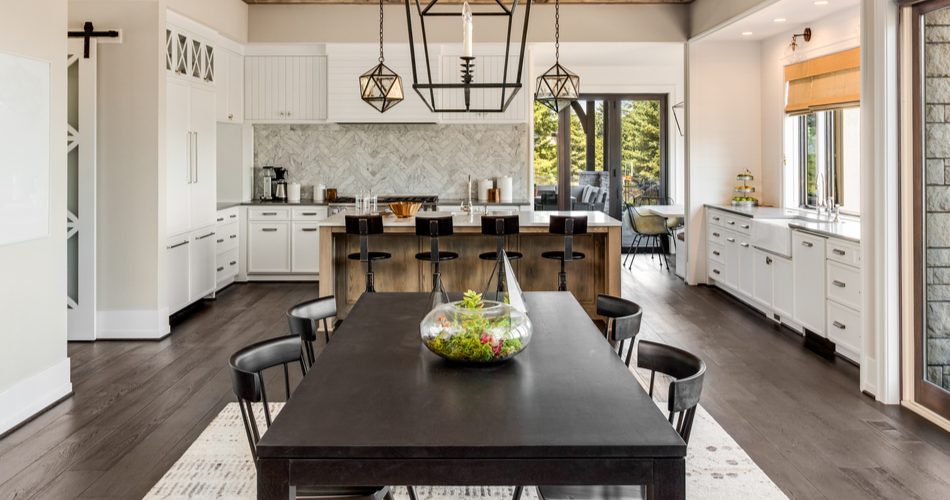
Repair Techniques
Once you’ve identified the specific issue with your kitchen cabinet doors and gathered the necessary tools and materials, you can proceed with the repair process:
Tightening Loose Hinges: Use a screwdriver to tighten any loose screws securing the hinges to the cabinet frame and door. If the screw holes are stripped, fill them with toothpicks or wooden dowels coated in wood glue before reattaching the hinges.
Reshaping Warped Panels: If your cabinet door panels are warped, you can attempt to reshape them by applying moisture or pressure. Place the warped panels between two flat surfaces, such as plywood or books, and apply weight evenly across the surface. Alternatively, you can use a damp cloth or steam to soften the wood fibers before reshaping the panels.
Repairing Chipped Surfaces: For minor chips or scratches in wooden cabinet doors, fill the damaged area with wood filler using a putty knife. Once the filler has dried, sand the surface smooth and touch up the area with matching paint or stain to blend it with the surrounding finish.
Lubricating Hinges and Tracks: Clean the hinges and tracks thoroughly with a mild detergent and warm water to remove any dirt or debris. Once dry, apply a small amount of silicone-based lubricant to the hinges and tracks to improve door movement and reduce friction.
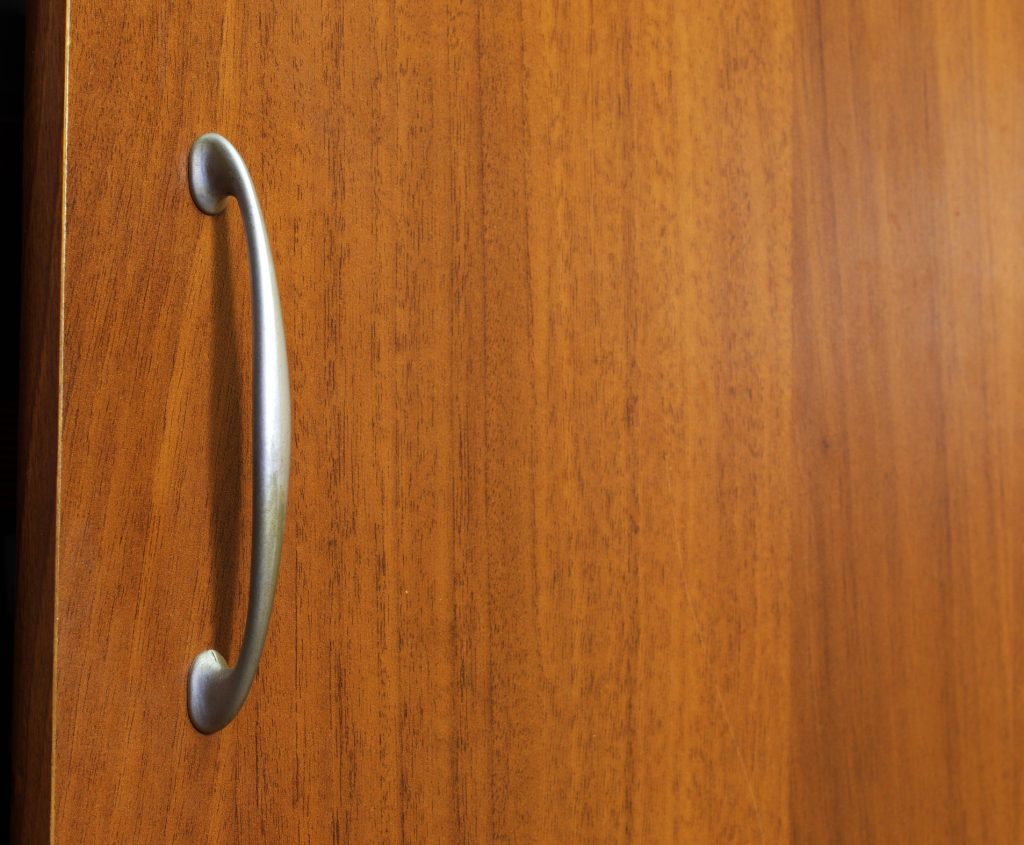
Common Mistakes to Avoid
Using Incorrect Tools or Materials: Using the wrong tools or materials for the repair job can result in subpar results or further damage to your cabinet doors. Always ensure you have the appropriate tools and materials on hand before attempting repairs.
Overlooking Proper Diagnosis: Failing to accurately diagnose the problem with your cabinet doors can lead to ineffective repair attempts. Take the time to assess the issue thoroughly before implementing a repair solution.
Ignoring Structural Integrity: Repairing cosmetic issues is important, but don’t overlook structural integrity. Ensure that any repairs you make address underlying structural issues to prevent future problems.
Rushing the Repair Process: Rushing through the repair process can result in sloppy workmanship and unsatisfactory results. Take your time and pay attention to detail to achieve professional-quality repairs.

Can I repair water damage to my kitchen cabinet doors?
Yes, minor water damage can often be repaired using wood filler or sanding techniques. For severe water damage, you may need to replace the affected panels or doors entirely.
How can I prevent my cabinet doors from warping in the future?
To prevent warping, maintain consistent humidity levels in your kitchen and avoid exposing cabinet doors to excessive moisture or heat. Proper sealing and finishing can also help protect against warping.
What should I do if my cabinet door won’t stay closed?
If your cabinet door won’t stay closed, check for loose hinges or misaligned door tracks. Tighten any loose screws and adjust the hinges or tracks as needed to ensure proper alignment.
Can I repair a broken cabinet door hinge?
In some cases, broken cabinet door hinges can be repaired by replacing the hinge or repairing the existing hardware. If the hinge is severely damaged, you may need to replace it entirely.
How often should I lubricate my cabinet door hinges and tracks?
It’s a good idea to lubricate cabinet door hinges and tracks at least once a year to ensure smooth operation. However, you may need to lubricate them more frequently if you notice any signs of sticking or stiffness.
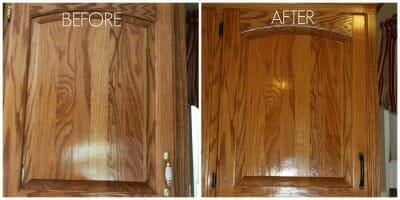
Glass Cabinet Doors & Shelves Glass Cabinet Doors & Shelves Reflections Glass and Mirror

Should I remove these cabinet doors?
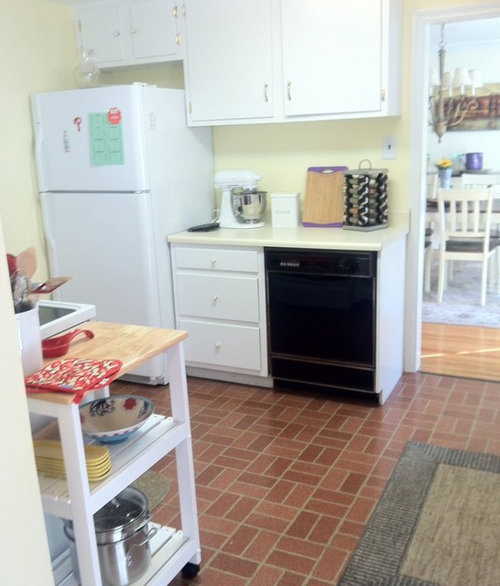
Pin on Simply St Louis Blog

lindapendante dreams: Remove A Kitchen Cabinet Door, Get A Fresh Look
Kitchen & Bath Cabinets and Design Services

Tips on How to Stage an Apartment Like a Professional 6sqft
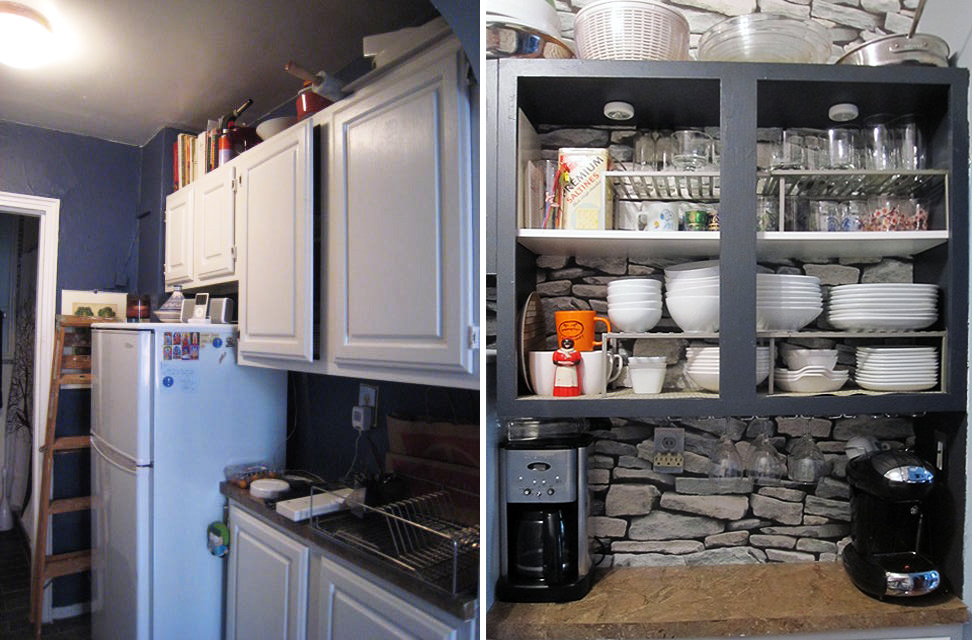
Gorgeous Reasons to Try Fabric in Your Kitchen Decor Hometalk
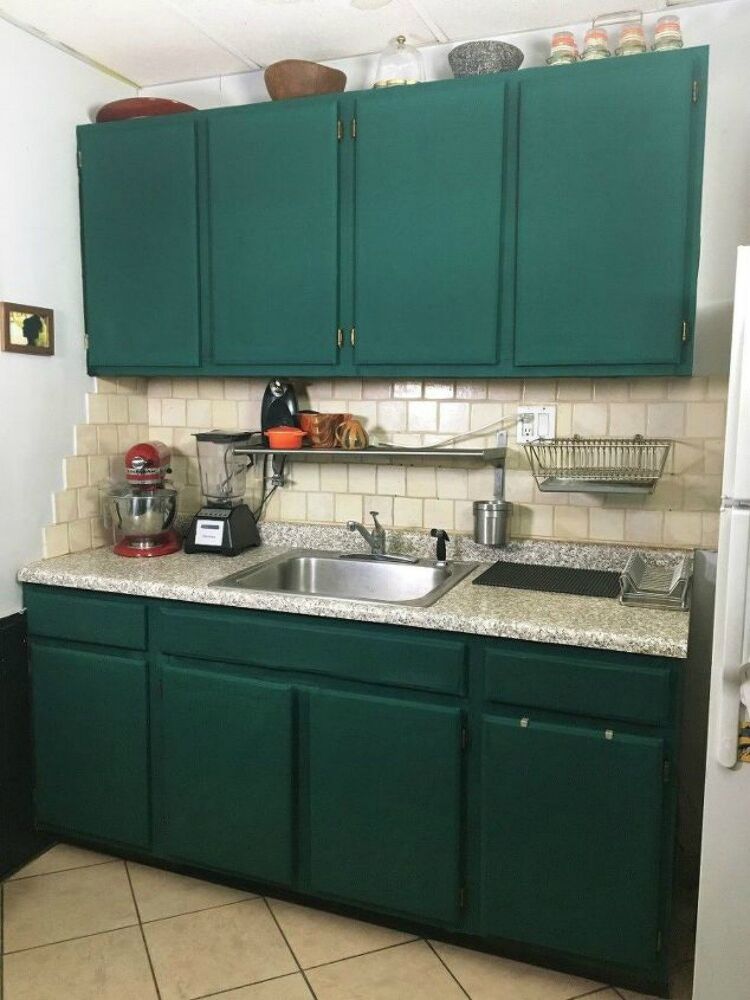
How to Select Cabinet Knobs and Pulls
/DSC_2964-56a575b93df78cf77288747e.jpg)
Related Posts:
- How To Redo Kitchen Cabinets Cheap
- Galley Kitchen Cabinet Design
- How To Stain Your Kitchen Cabinets
- Kitchen Cabinet Design For Apartment
- Green Color Kitchen Cabinets
- Dark Kitchen Cabinets Decorating Ideas
- Farmhouse Kitchen Cabinet Colors
- Standard Height Of Top Kitchen Cabinets
- Faux Kitchen Cabinets
- Stainless Steel Wall Cabinets Kitchen